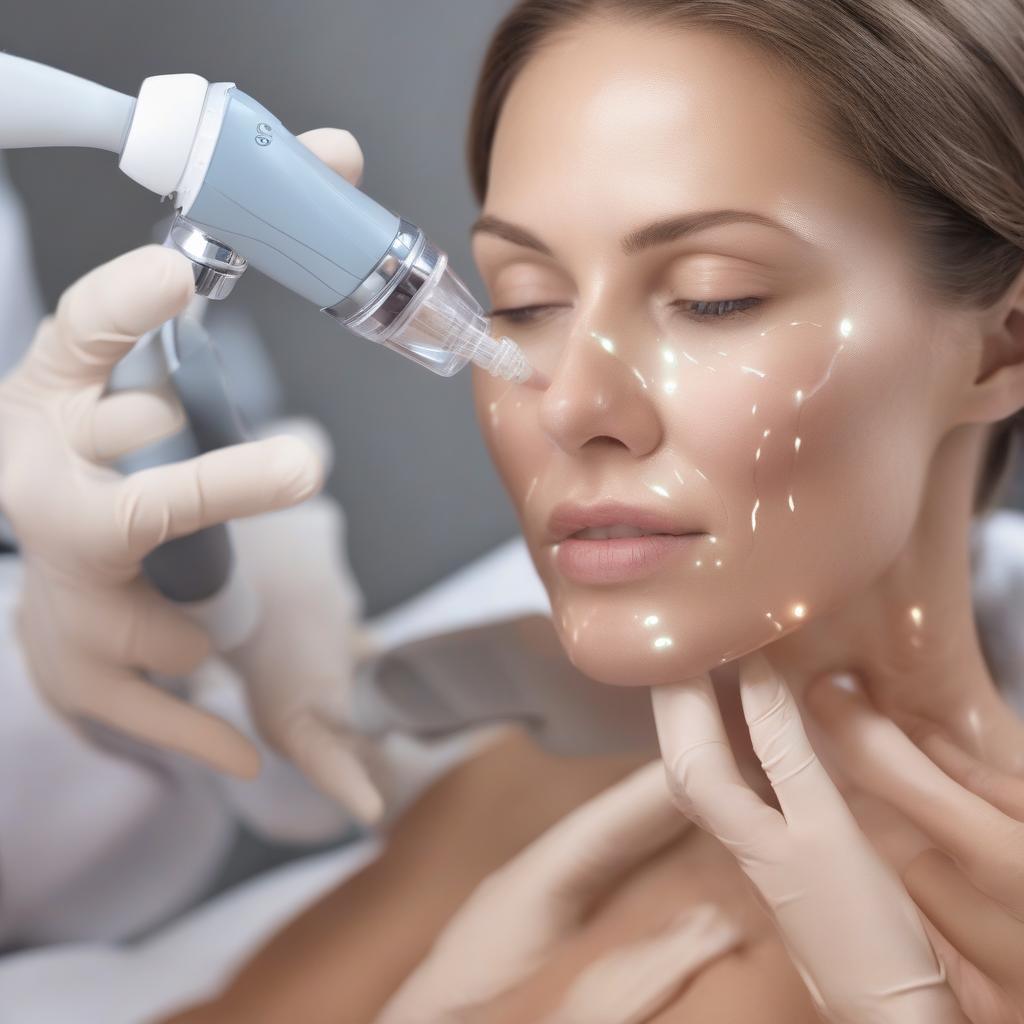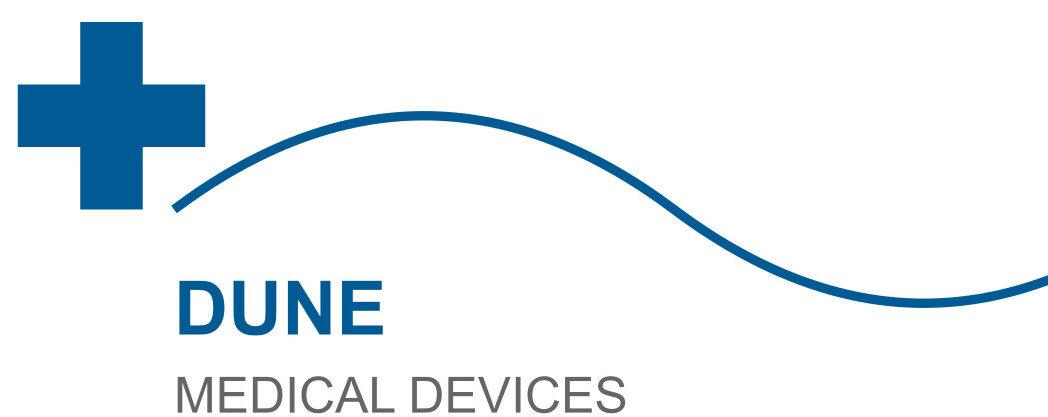
What is Skin Tightening?
“`html
What is Skin Tightening? A Complete Guide
Skin tightening refers to cosmetic treatments designed to firm and lift sagging skin, reducing wrinkles and improving overall texture. As we age, our skin loses elasticity due to decreased collagen and elastin production, leading to loose skin on the face, neck, and body. Modern skin tightening procedures offer both surgical and non-surgical solutions to help restore a more youthful appearance.
This comprehensive guide will explain how skin tightening works, the different types available, who makes a good candidate, and what results you can expect. Whether you’re considering a professional treatment or looking for at-home options, understanding these fundamentals will help you make informed decisions about your skincare journey.
How Skin Tightening Works
Skin tightening procedures stimulate your body’s natural collagen production through controlled damage to the skin’s deeper layers. Collagen is the protein responsible for keeping skin firm and elastic. Different technologies achieve this through various mechanisms:
Heat-Based Technologies
Radiofrequency (RF) and ultrasound treatments deliver heat energy to the deeper layers of skin (dermis) without damaging the surface. This thermal effect causes immediate collagen contraction and triggers long-term collagen remodeling over several months.
Laser Treatments
Fractional lasers create microscopic wounds in the skin that stimulate the body’s healing response. As these micro-injuries heal, new collagen forms, leading to tighter, smoother skin. Some lasers also deliver heat to enhance the tightening effect.
Injectable Treatments
Certain injectables like PDO threads provide immediate lifting by physically supporting sagging skin, while also stimulating collagen production over time. These offer a middle ground between non-invasive treatments and surgical facelifts.
Types of Skin Tightening Procedures
Skin tightening options range from completely non-invasive to surgical solutions, with varying degrees of downtime and results:
Non-Invasive Treatments
- Radiofrequency (RF): Devices like Thermage and Exilis deliver controlled heat to tighten skin
- Ultrasound: Ultherapy uses focused ultrasound to lift and tighten skin
- Laser treatments: Fractional CO2 and erbium lasers improve skin texture and tightness
Minimally Invasive Options
- PDO Threads: Temporary sutures that lift skin and stimulate collagen
- Microneedling with RF: Combines micro-injuries with radiofrequency for enhanced results
Surgical Procedures
For significant sagging, surgical options like facelifts, neck lifts, or body lifts provide the most dramatic and long-lasting results. These involve removing excess skin and tightening underlying tissues.
What to Consider Before Skin Tightening
When exploring skin tightening options, several factors will help determine the best approach for your needs:
Skin Type and Condition
Different skin types respond better to certain treatments. Those with mild to moderate laxity typically see great results from non-invasive options, while significant sagging may require surgical intervention.
Treatment Area
Some devices work better for specific areas. For example, Ultherapy is FDA-approved for lifting the neck and brow, while RF treatments often work well for overall facial rejuvenation and body contouring.
Downtime and Recovery
Non-invasive treatments typically have minimal downtime (some redness or swelling), while surgical options require weeks of recovery. Consider your schedule and tolerance for recovery when choosing a procedure.
Cost and Maintenance
While non-surgical options cost less upfront, they often require multiple sessions and maintenance treatments. Surgical procedures have higher initial costs but longer-lasting results.
Final Thoughts on Skin Tightening
Skin tightening has evolved significantly in recent years, offering effective solutions for aging skin without necessarily requiring surgery. From radiofrequency to ultrasound and advanced laser treatments, today’s options can provide noticeable improvements with minimal downtime.
The best approach depends on your specific concerns, skin condition, and desired results. Consulting with a board-certified dermatologist or plastic surgeon will help determine which treatment (or combination of treatments) can help you achieve your aesthetic goals safely and effectively.
Remember that while professional treatments can produce dramatic results, maintaining skin health through proper skincare, sun protection, and a healthy lifestyle will help prolong and enhance your outcomes.
Frequently Asked Questions
How long do skin tightening results last?
Results vary by treatment type. Non-invasive treatments typically last 1-3 years, while surgical results can last 5-10 years. Maintenance treatments can extend results.
Is skin tightening painful?
Most non-invasive treatments are well-tolerated with minimal discomfort. Some heat-based treatments may feel warm, and numbing cream is often applied beforehand.
When will I see results?
Some treatments offer immediate subtle improvements, but full collagen remodeling takes 3-6 months. Maximum results are typically visible after this period.
Are there any side effects?
Common temporary side effects include redness, swelling, and mild tenderness. More serious complications are rare when performed by qualified professionals.
“`
